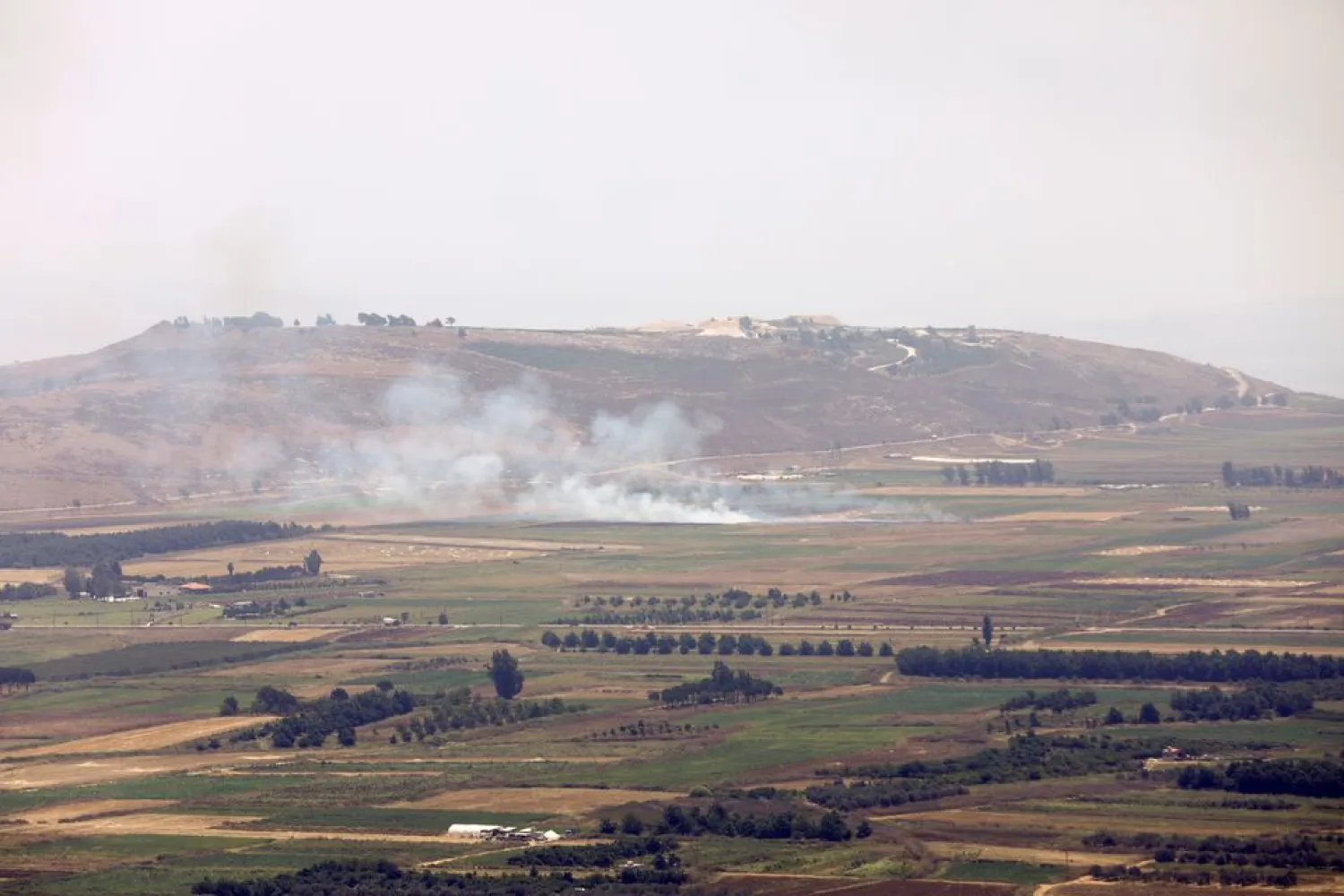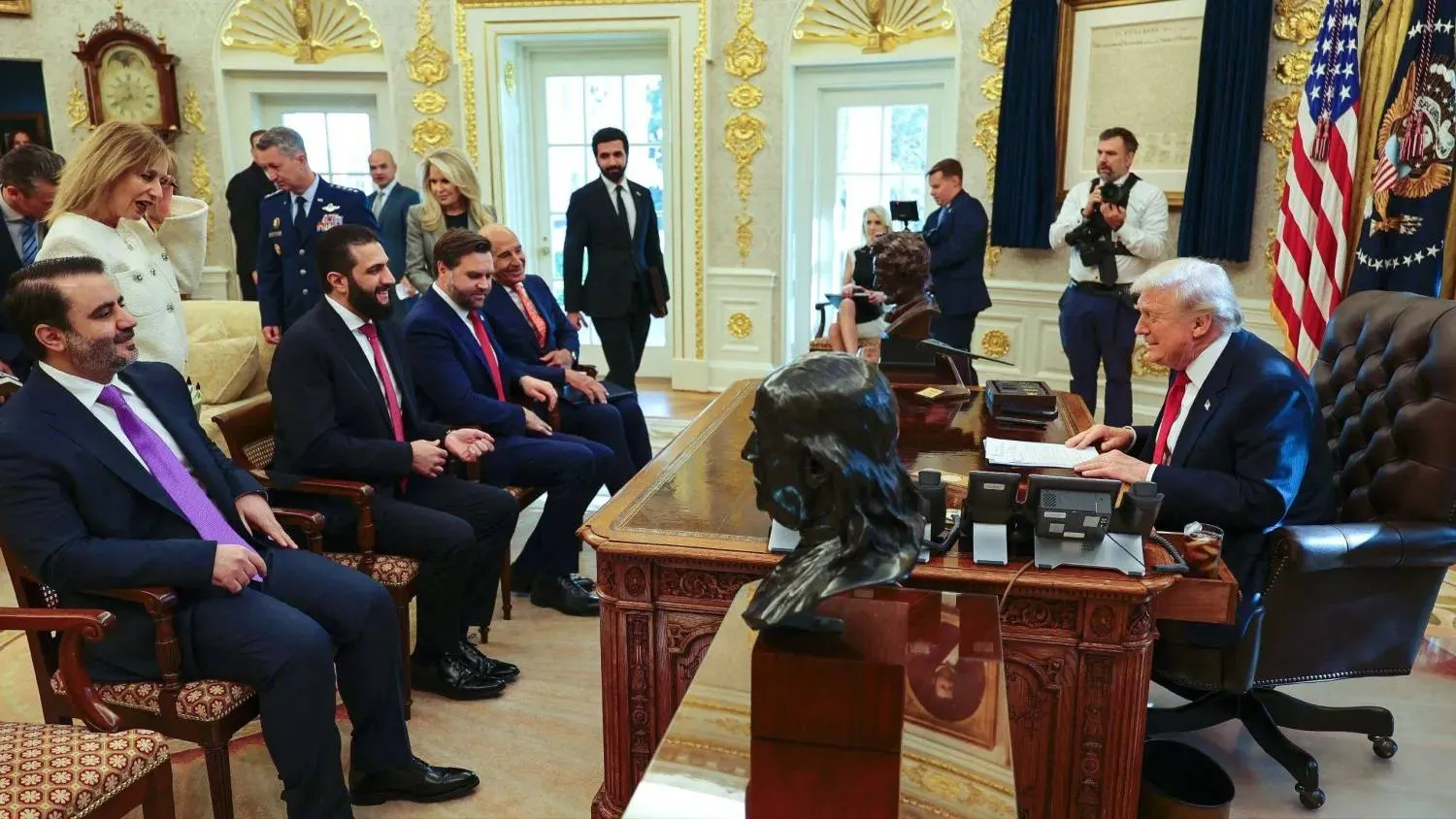Observers in Lebanon were drawn to the recent exchange of fire between the Israeli army and Hezbollah party.
Israel had retaliated on Friday to rockets fired by Hezbollah by striking open areas in the disputed Shebaa Farms. Hezbollah initially claimed that it had carried out its attack in response to Israeli raids at dawn on Thursday. Israel had carried out those raids in retaliation to rocket attacks, fired by unknown sides, from southern Lebanon towards its territories.
Observers were eager to find out if Israeli jets had taken part in the strikes in order to determine who had won this round in determining the rules of engagement between Israel and Hezbollah.
The party believes that it is essential to maintain these rules even at the risk of the eruption of a war that it wants to avoid with Israel. The party even released an official statement to deny that Israeli jets had taken part in the strikes.
This week’s “virtual confrontation” is the latest between the two sides since Israel’s withdrawal from southern Lebanon in 2000. Since then, the “open war” between the foes has transformed into a sort of tango, whose steps are determined by unwritten and undeclared rules that have been named “rules of engagement”.
Those rules were even in place during the peak of the 2006 war. At the time, Israel only struck certain areas in Beirut and its suburbs. It very rarely went beyond those lines. It was said at the time that Israel would strike one side of the road and not the other even though both were Hezbollah territory.
Head of Middle East Center for Studies and Research, Hisham Jaber said Hezbollah and Israel were in agreement over respecting the rules of engagement that they agreed upon years ago.
It appears that the red line is their refusal to engage in an all-out war, he noted. If one side were to stray too far beyond the rules, then the other would “remind” them of what an escalation may lead to. This is what happened in the past two days.
New Israeli Prime Minister Naftali Bennett wanted to convey a message to his people that he is different than his predecessor, Benjamin Netanyahu. He ordered an air strike on an open area in Lebanon in response to rocket attacks by Palestinian factions. Hezbollah responded the same way – by also firing at open areas.
Most significant was their choice to fire at the disputed Shebaa Farms area, which Beirut views as Lebanese territory, while Israel deems it Syrian. By attacking disputed land, both sides have avoided forcing each other into engaging in a wider conflict.
Israel’s strikes ultimately had no strategic value, but Hezbollah was forced to respond to avoid surrendering to Israel’s air force. Jaber said the party was forced to retaliate in order to save face in front of its supporters and maintain the morale of its fighters.
Ever since the 2000 withdrawal, Hezbollah has been trying to draw its rules of engagement. It views the Shebaa Farms as occupied Israeli territory, so it has focused its military operations there. Even during the 2006 war, the party met each Israeli strike on Beirut’s southern suburbs with a strike on Haifa and when Israel struck Beirut, the party targeted Tel Aviv.
When Israel killed six Hezbollah fighters, including prominent member Imad Mughnieh and an Iranian military commander, in the occupied Golan Heights in January 2015, the party retaliated ten days later by attacking an Israeli military patrol in Shebaa.
When Israel killed Hezbollah operative Samir al-Kuntar in Syria’s Jaramana in December 2015, the party responded by attacking an Israeli vehicle in Shebaa in January 2016.
After a failed Israeli drone attack on Beirut’s southern suburbs in August 2019, the party responded a month later with an attack on an Israeli military vehicle in the settlement of Avivim. Israel retaliated by attacking border regions. Moreover, the Israeli army at the time farcically placed dummies in a remotely-controlled vehicle so that the party could attack it and allow both sides to end the clash to their satisfaction.









